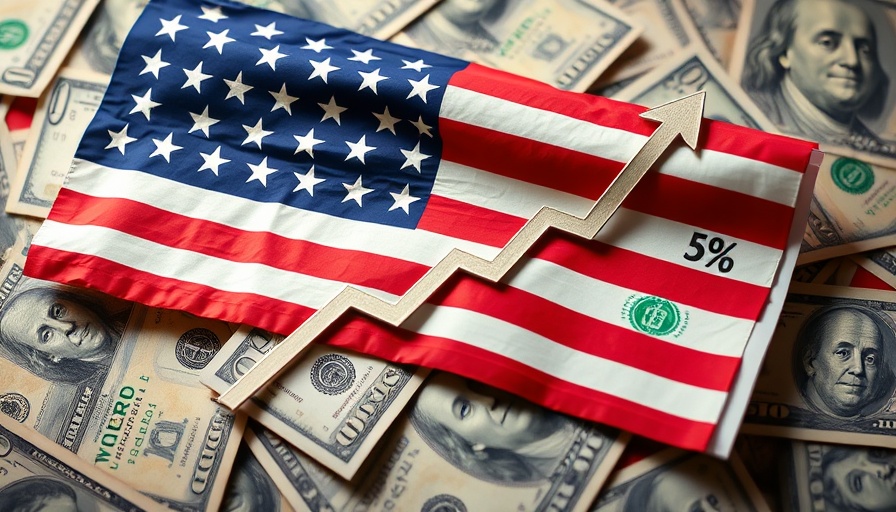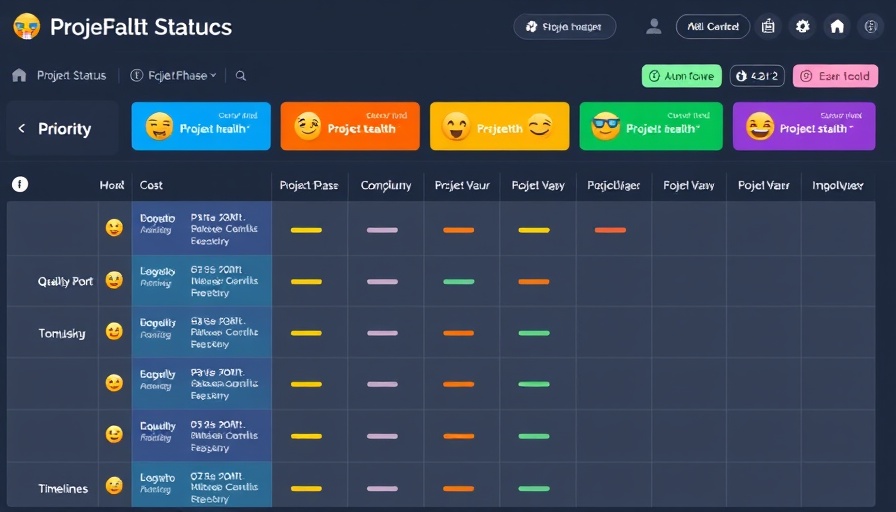
Understanding Tariff Challenges in Retail
Retail marketers are currently facing an unprecedented challenge as tariffs fluctuate and impact product pricing. Many brands, including heavyweights like Fat Brain Toys and E.l.f., have adopted various strategies to communicate these new price points to consumers effectively. As tariffs rise and fall, both merchants and shoppers are left in a state of uncertainty, making transparency in pricing more crucial than ever.
Four Winning Strategies for Retail Pricing Communication
Here’s a look at how several brands are managing and communicating these price adjustments:
1. Radical Transparency: Fat Brain Toys' Approach
Fat Brain Toys, faced with a substantial increase in tariffs for imports from China, directly informs customers of price changes. With approximately 85% of its toys manufactured overseas, the brand has adjusted its pricing and is unafraid to be upfront about it. “We’re not trying to be political with this,” says CEO Mark Carson, emphasizing that transparency is about survival, not protest. Meanwhile, the company highlights specific dollar amounts to inform customers about how tariffs factor into their purchasing decisions, a tactic that has proven effective in maintaining trust.
2. Targeted Messaging: The E.l.f. and Topdrawer Method
Meanwhile, cosmetics brand E.l.f. and accessory brand Topdrawer have adopted a targeted communication strategy. They reach out to loyal customers via emails detailing the rationale behind price increases. This ensures that their most engaged customers receive timely updates, deepening customer loyalty and mitigating backlash.
3. Keeping It Low-Key: Under-the-Radar Adjustments
Conversely, some retailers have opted for a softer approach, raising prices without publicizing the reasons. Though less transparent, this strategy may allow brands to avoid customer concerns about pricing—at least in the short term. However, this method can risk losing customer trust if consumers later learn about significant increases.
4. Harnessing Digital Communication Channels
In an age dominated by online shopping, utilizing digital channels for communication is more critical than ever. Brands are encouraged to leverage social media, websites, and newsletters to keep customers informed about pricing strategies and manage expectations.
The Future of Retail Pricing Transparency
As we navigate this tariff-driven landscape, it’s vital for brands to consider how their pricing strategies reflect broader market trends. Retailers that engage with consumers openly about costs—and why they are rising—will foster customer loyalty even amid difficult economic conditions. This shift toward transparency not only helps brands utilize effective lead generation and demand generation strategies but builds an enduring reputation worth its weight in gold.
Actionable Insights for Retailers
For retailers, the lesson is clear: clear communication about price adjustments is key to maintaining customer trust. Sharing the story behind the prices, whether through blogs, social media, or dedicated marketing campaigns, can transform a potential backlash into a collaborative conversation about value.
As you scale your operations in today’s complex retail environment, consider how these strategies can bolster your brand’s approach to customer acquisition. Brands that adapt quickly and communicate effectively are more likely to thrive.
 Add Row
Add Row  Add
Add 



Write A Comment